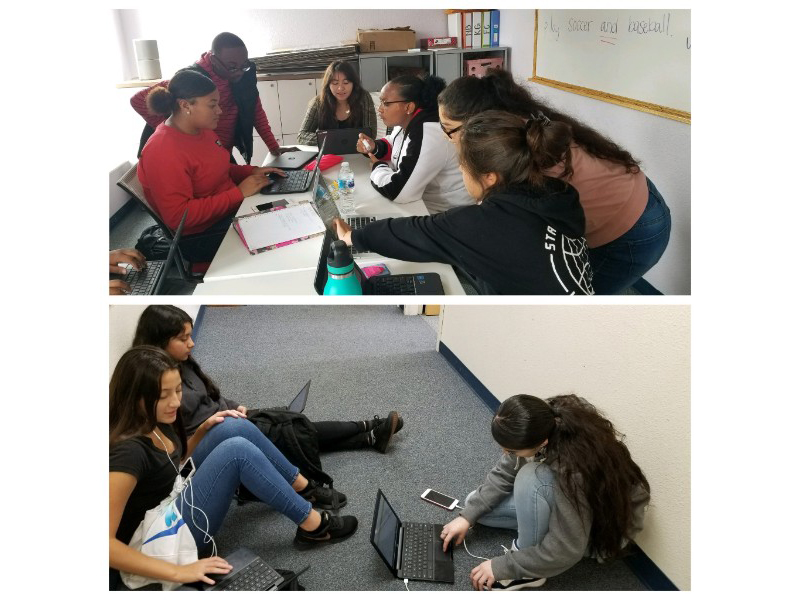Since we opened in 2017, it has been critical that we not sacrifice the integrity of our model. Harkness tables, small group instruction, independent learning time, Oxford tutorials, and field experience are critical to our vision, but they are also unfamiliar to most people when they first enter our building. Holding our vision has required us to support all stakeholders– students, teachers, parents, and more– as they transition into a new way of teaching, thinking, and learning.
As we asked our team to reflect on what this support includes, our learnings include:
- Move slowly and intentionally. Most students and teachers are used to a traditional way of teaching that required more teacher directed instruction and less student self-directed learning. We learned that we must scaffold the transition into this new approach carefully and implement slowly.
- Live with discomfort. We learned to not allow our discomfort to dictate our practice and that even when most of our students initially felt uncomfortable with our academic model and adjusting to the style of instruction at Oxford Day Academy was challenging, we still expected students to actively engage the learning process.
- Build student ownership. Our students soon learned that being a student here at Oxford Day Academy, meant students must do their part by being responsible decision makers, critical consumers of information, and self-managers.
- Increase fidelity to the Oxford Day Academy model
- Use data to inform practice inside and outside of the classroom
- Strengthen academic rigor and scholarship for all students
These goals must be internalized at all levels of our organization, starting with our students. Please read below for an example as to how one student has used these goals around model fidelity, data, and academic rigor to improve her own outcomes.
How are you using data to help you as a student?
Karely, 10th grade
As a student data analyst in Oxford Day Academy, I observe, analyze, communicate and problem solve using data. In the Evaluation Institute Seminar, I have learned to use data to better understand my strengths and weaknesses in writing. For example, I now use Google Sheets as a resource to analyze my individual performance. In the spreadsheet for Module 01, I received a grade of 80%, however, my lowest score within one of the short answers graded was 4.8 out of 12. The reason why I got a 4.8 was due to my lack of proficiency in sentence structure and connecting sentences. I earned a 0.4 in those areas. With this information, I knew where I needed to work as I revised my short answer. This example demonstrates how data informs my effort to improve as a student and clarifies how data can be used to improve writing.

